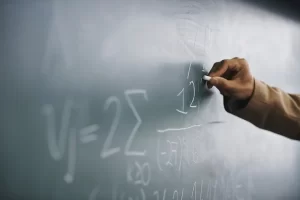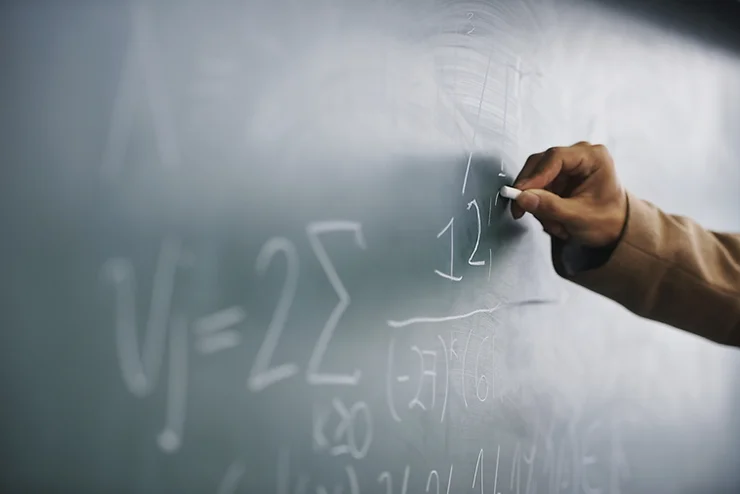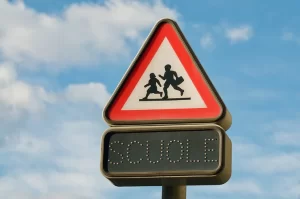One of the greatest predictors of academic success is a student’s ability to master the four operations of math facts. However, it is common for most American schools to breeze over fact fluency, setting mastery standards as scoring an 80% on a written test, or even assuming a child has been working at home to achieve mastery instead of working on it in school.
A child has reached mastery if he is able to answer the equation in under two seconds without needing to count or perform any other computational strategies. With developments in technology, studies have been able to look at the brain while students work through equations. The data has shown that a student’s working memory, the ability to hold information for processing, is directly linked to success in arithmetic while a deficit in visuo-spatial working memory is a marker for learning disabilities.
What does this mean? Simply showing an equation and eliciting a response is not going to develop true mastery. In fact, this is just re-enforcing a lazy imagery, or imagination. This might be noticeable when a student is able to do well on a multiplication test, but then slows down when working on a mixed-operations worksheet or performing calculations during a word problem.
How do we develop a child’s visuo-spatial working memory? Just as we only get better at sports by practicing frequently, we will only get a stronger imagery through frequent, appropriate practice. However, not all practice is equal. In fact, practicing incorrectly will just perpetuate the problem. When we work with students, we ensure a multifaceted approach, which trains the student’s brain to look at number relationships using different strategies.
It is never too late for remediation. Simply put, the capabilities of the human brain can be described as miraculous. Research has shown that with one year of explicit tutoring, a child’s brain will physically grow and if a child does not develop math fact fluency, it could potentially lead to an inorganic learning disability. We are all very different and our brains are shaped by our life experiences, the foods we eat, and daily stress, but this just means that instruction needs to be tailored for the student’s exact needs in order to maximize results.

Tips and Tricks:
- NEVER EVER EVER USE FINGERS FOR COMPUTATION. If the child is just learning to add or subtract, use beans or counters.
- Don’t go through flashcards mindlessly. Make sure you go through the pile once while the child is able to see the equations and then hide the cards and say the equations. If there are some that don’t seem to be “sticking”, put those in the mix more frequently.
- Play games, all types of games. Games encourage a student to move faster, which will encourage mental math.
- If they are not making progress with equations from imagery (visualizing the equation), have them write the equation, either with pencil and paper or with their finger on the table in front of them, and have them look at what they wrote while saying the full equation and answer.
References:
Boyd, P., & Ash, A. (2018). Mastery mathematics: Changing teacher beliefs around in-class grouping and mindset. Teaching and Teacher Education, 75, 214-223.
Burns, M.K., Ysseldyke, J., Nelson P.M., & Kanive R. (2014). Number of repetitions required to retain single-digit multiplication math facts for elementary students. School Psychology Quarterly, 30 (10).
Menon, V. (2016). Working memory in children’s math learning and its disruption in dyscalculia. Current Opinion in Behavioral Sciences. 10, 125-132.
Rosenberg-Lee, M., Barth, M., & Menon, V. (2011). What difference does a year of schooling make? Maturation of brain response and connectivity between 2nd and 3rd grades during arithmetic problem solving. Neuroimage. 57, 796-808.
Skarr, A., Zielinski, K., Ruwe, K., Sharp, H., Williams, R.L., & McLaughlin, T.F. (2014). The effects of direct instruction flashcard and math racetrack procedures on mastery of basic multiplication facts by three elementary school students. Education and the Treatment of Children. 37(1), 77-93.









